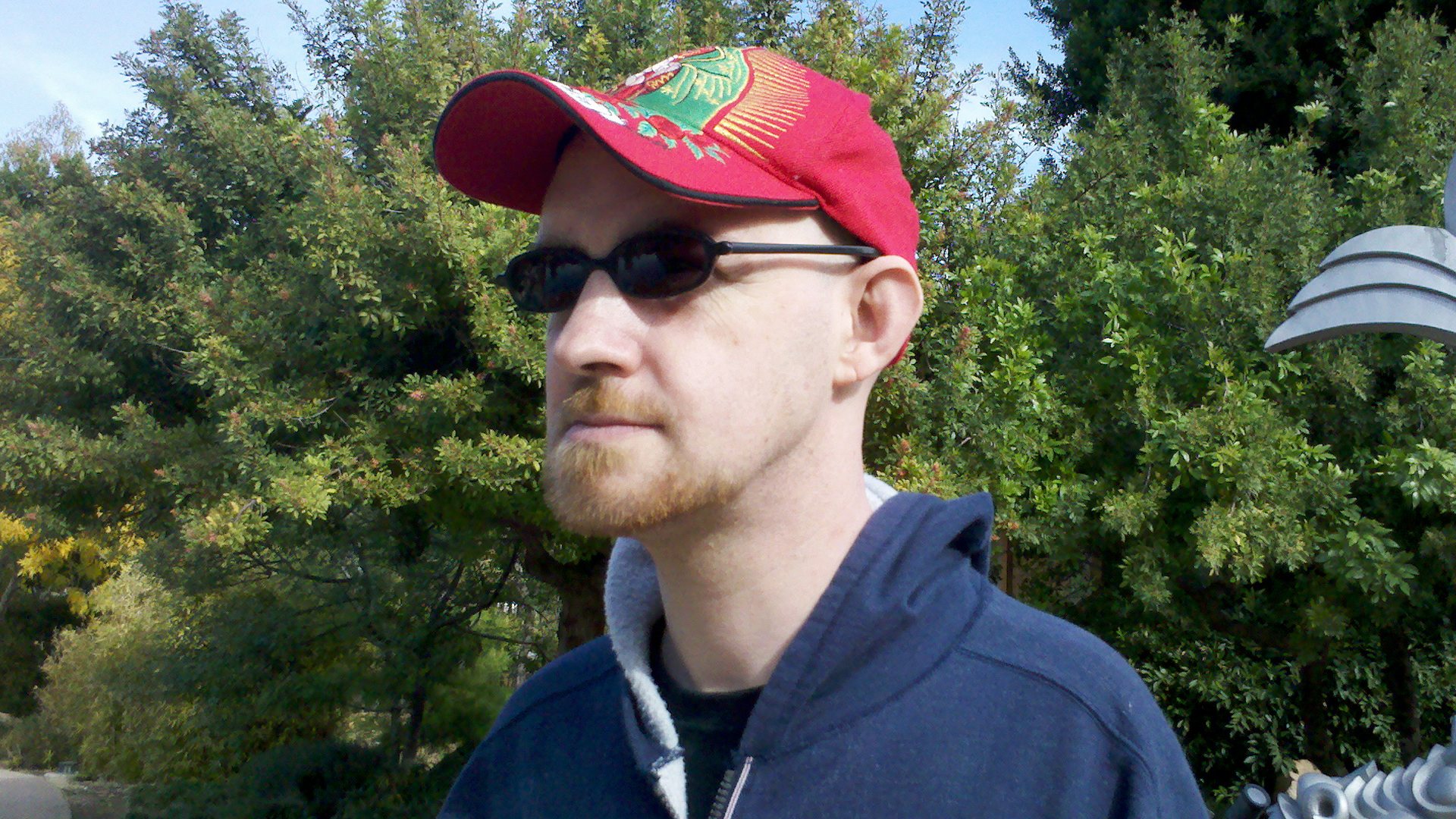By Barry Graham
Yesterday, M.V. Moorhead invited me to go to a screening of Creature with him, but I didn’t get his message in time. Judging by his review, I was fortunate—though I’m sure we’ve sat through worse films together.
Moorhead raises an important point when he writes:
The
antipathy to female sexuality to which these movies cater is clear, but
I’m not sure it’s ever occurred to me what a broad streak of bourgeois
class hatred—fear & loathing of the rural poor—that they also carry.
There are some terrific actors, such as Sid Haig & Pruitt Taylor
Vince, among the grinning, gibbering, incestuous hayseeds in Creature, & they’re entertaining as usual. But this stereotype could also be put on the shelf for a good long while, all the same.
If you’ve spent any time in the rural U.S.—especially in the South—then you understand that such films as The Hills Have Eyes, and Deliverance,
though exaggerations, are not extreme exaggerations. The most
horrifying crimes happen in the so-called heartland, not the big
cities.
The
novelists who idealize rural living are perpetuating a fantasy. The
most accurate depiction of such areas that I have read comes from Daniel
Woodrell, especially inWinter’s Bone, in which murderous criminality is too commonplace to be noteworthy. He does not exaggerate or overstate in any way.
So I understand why film-makers want to set stories in these places. My reservation—and, I suspect, Moorhead’s too—is not with where the films are set or who the killers are, but rather how they are depicted. In urban crime fiction, set in ghetto areas, it would (rightly) cause an uproar if black or Latino or Asian thugs were depicted as racist stereotypes. When it comes to rural settings, though, whether in grindhouse films likeThe Hills Have Eyes, or films with some artistic ambitions like Deliverance, it’s okay to cruelly stereotype poor white people.


